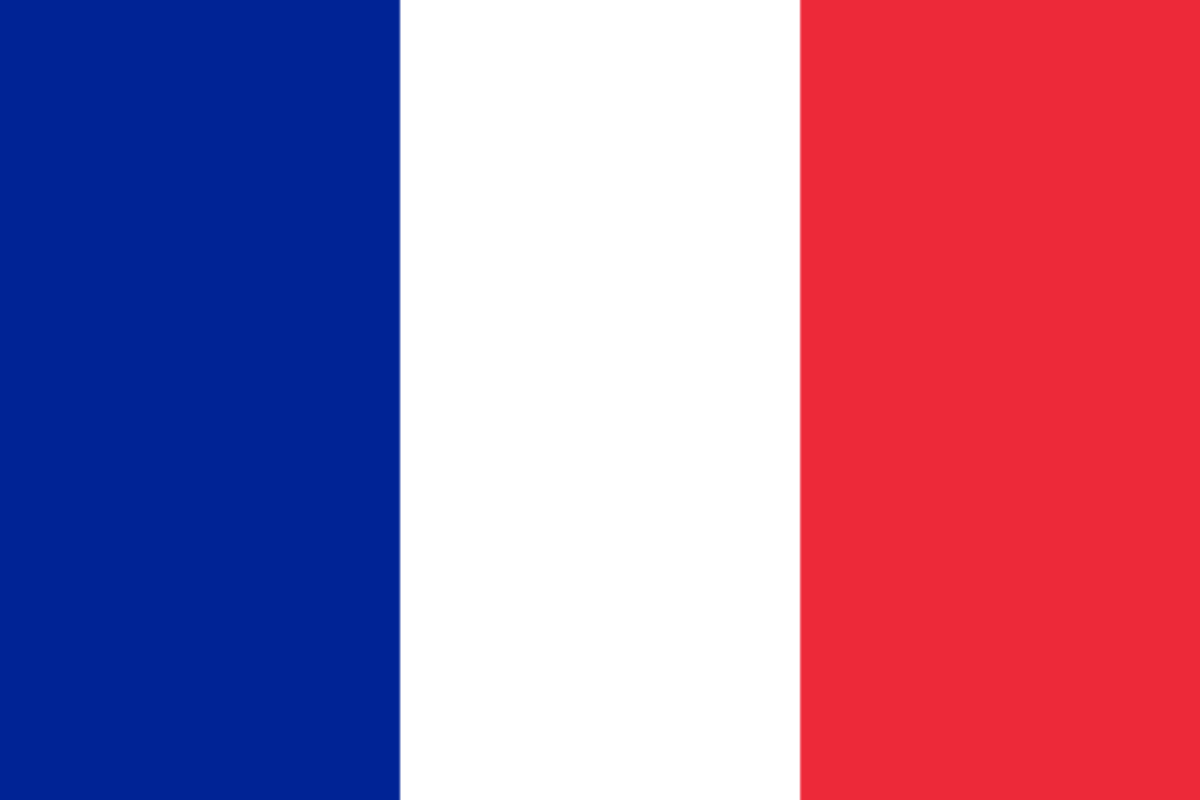The national flower of France is the iris. This flower holds great symbolic and cultural significance to the people of France for a variety of reasons. Since the early Middle Ages it has served as the country’s insignia and emblem. It has a very long history in the country and represents many things.
Irises are of course an extremely popular garden flower in their own right and have come to be highly prized for their beauty.
This, on the one hand, is in itself a very important part of the reason for France’s continuing use of it as their national flower, but at the same time it goes far back in history.
Let’s find out more.

What is the national flower of France?
The national flower of France is the iris.
This flower has been a vital national symbol in France for centuries and has played a long role in the country’s symbolic landscape.
Though the country no longer has a Royal house, the iris has been the emblem of the French royal house since the 12th Century and has endured as a symbol to this day.
The iris itself is, taxonomically speaking, a very broad category.
There are as many as 310 accepted species in the wider genus.
They are perennial plants from either creeping rhizomes or bulbs in drier climates.
Their stems are long and erect and, of course, flowering, and can come in many varieties; simple or branched, solid or hollow, and typically flattened.
The inflorescences are fan-shaped and usually contain one but sometimes more symmetrical flowers with six lobes.
The flower takes its name from the Greek word meaning “rainbow”, also the name of the Greek goddess Iris meaning rainbow.
It’s suggested that this refers to the wide variety of colors that can appear on the flower in its many species and cultivars.
Most species are found in temperate zones in the Northern Hemisphere from Europe to Asia and in North America.
Since they are so widely cultivated as garden plants and in public parks and spaces, they have spread throughout the world though they don’t do as well in less temperate climates.
Along with flowers like the rose, then, the iris is among the most popular and widely cultivated ornamental flowers in the world.
Some aspects of its significance to French culture, then, are obvious, but why exactly is it the national flower of France?
Why is the iris the national flower of France?
There are a couple of central elements at play in the role of the iris as the French national flower.
On the one hand, it is the symbolic significance that the flower holds.
In France especially it is seen as a symbol of purity and light along with the lily which is also a very important flower in France.
They are also seen as symbols of hope, wisdom, and trust, all of which are very important to French values and national pride.
The iris embodies all of these things in a modern-day spiritual sense and in their historical context.
As mentioned, though, there is a deeper historical role that the iris has played in the history of France.
As mentioned, since the 12th Century the iris was an important symbol of the royal house of France and thus of the country as a whole.
This is ultimately a more complex issue; “France” as we know it has evolved a great deal since then and there is the fact that France no longer has its royal house.
But even after the French Revolution, the iris continued to be an important symbol in the nation and representative of the heritage.
What about the lily?
Is the lily also the national flower of France?
France only has one official national flower and that is the iris.
However, the lily is an almost equally important floral symbol in France and it has played a significant role in the country’s history, too, in terms of symbolism.
Lilies also became important in France during the past when King Charles IX of France was gifted a lily of the valley plant.
Since then, the lily also has been an important flower to the people of France and naturally holds some of the same symbolism as the iris does.
Officially, though, the only national flower of France is the iris.
Where do irises come from?
Most iris species are native to Europe and Asia, and it seems that the oldest ancestors evolved throughout Eurasia.
We aren’t sure entirely where the species originally evolved in a local sense, though most of the native species from which we derive our cultivars today come from this region.
They are often found in semi-dry and arid deserts while other species are found in wetter areas such as along riverbanks or in swamps and bogs.
With so many species native and natural before you even get into the cultivated species today, it is very hard to say where precisely the originator evolved.
Flowers are often among the most enduring of national symbols, and it is easy to see why the iris should have endured as the national flower of France for so long.
They are beautiful and enchanting in their own right and this alone could have been enough to allow them to endure.
But at the same time, they have played a role in the country’s symbolic history and present, and so they remain the country’s national flower.

